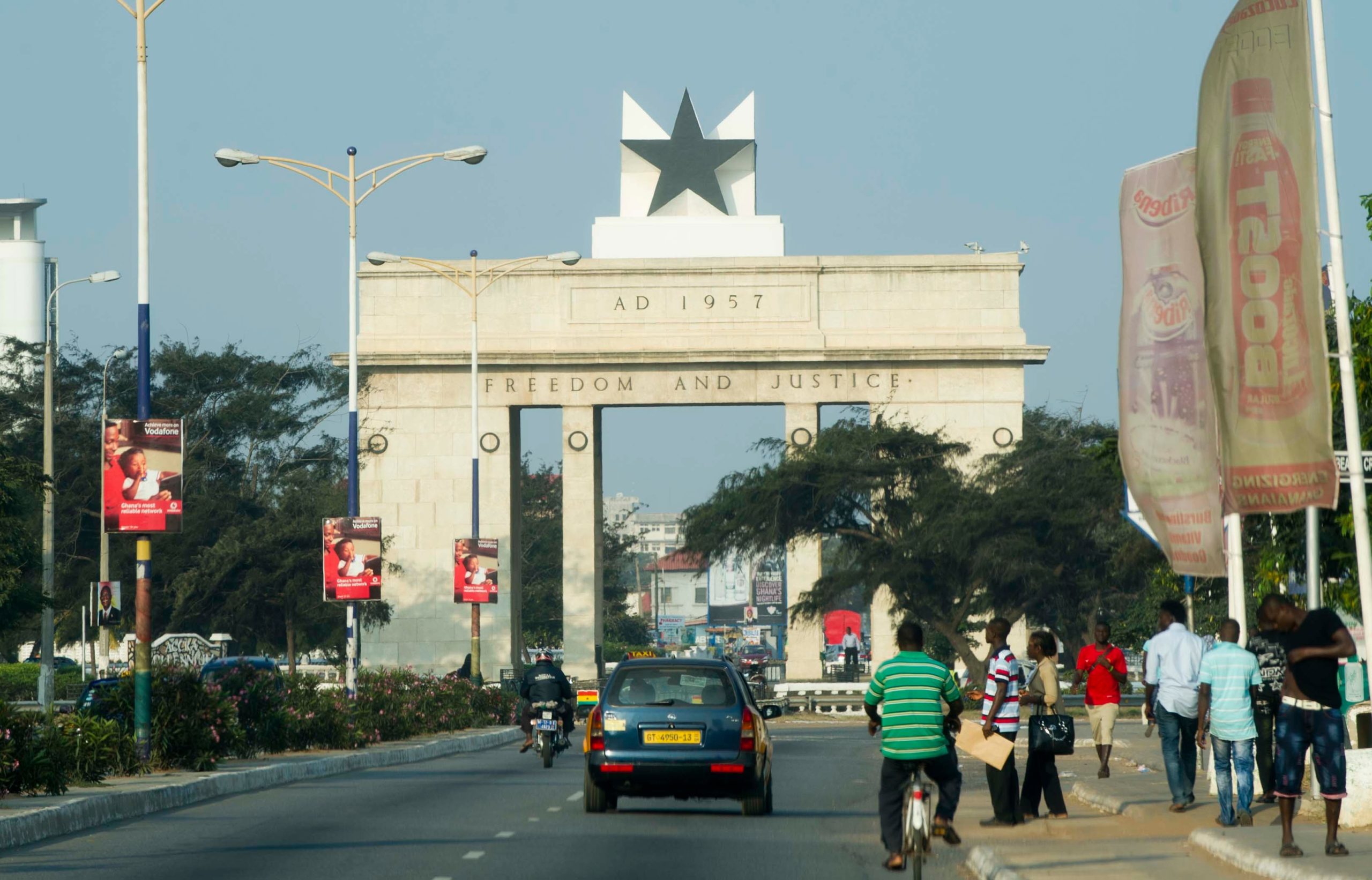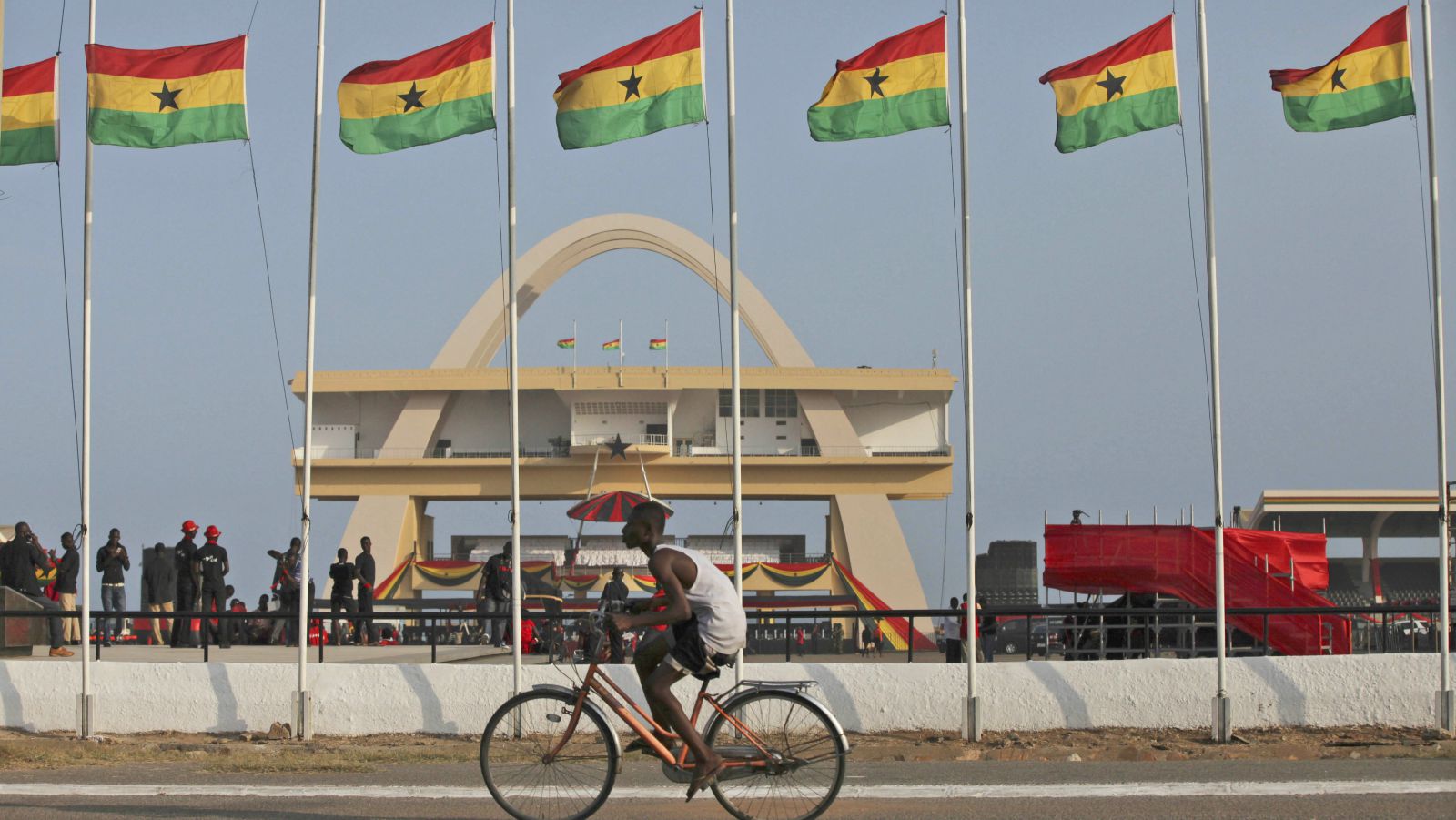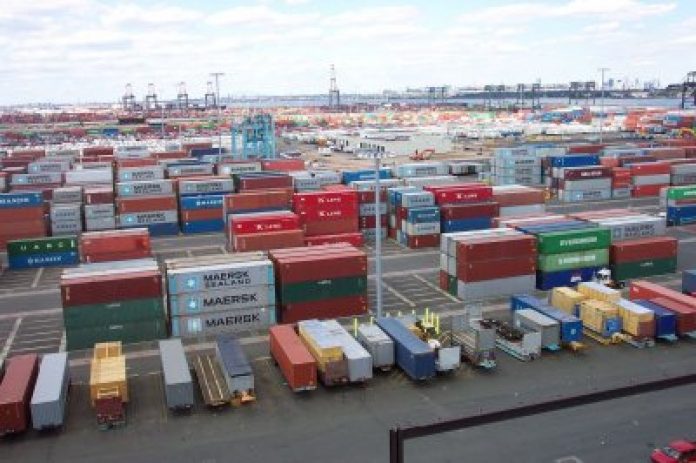On September 3, 2021, Global credit rating agency, Moody Investor Services affirmed Ghana’s downside economy with a long-term issuer rating at B3 with the economic outlook remaining negative.
Moody downgrades Ghana’s economy
According to the agency, the B3 rating and negative outlook is a reflection of Ghana’s high debt burden, weak debt affordability, and liquidity challenges among others, which have been in the face of a downside economy following the impact of the global coronavirus pandemic.
“Moody’s Investors Service (“Moody’s”) has today affirmed the B3 long-term issuer ratings of the Government of Ghana. The outlook remains negative,” a statement read on its website.
“The B3 rating and negative outlook reflect Ghana’s high debt burden that is unlikely to fall rapidly, continued weak debt affordability, high gross borrowing requirements and ongoing liquidity challenges in the face of downside economic, social and financial risks in the aftermath of the coronavirus pandemic.,” the statement further read.
Moody downgrades Ghana’s Economy – Why
The rationale for rating the country’s creditworthiness at B3 and maintaining a negative outlook is based on 3 main fundamental blocks. These are:
- Economic and fiscal strength,
- Environmental and social strength
- Institution and governance strength
Economic and fiscal strength
Referring to the 2021 Budget, it will be recalled that as of December 2020, Ghana’s Debt to GDP stood at 76.1% of GDP. The country’s debt financing needs and services took up a little over half of the country’s generated revenue. Interest payment accounts for 49.5% of projected total revenue; statutory payments account for 24.9%; and wages and salaries account for 27.3%, placing the total to 101.7% of total revenue. This is the main driver for Moody’s downgrading of Ghana’s economy
Environmental and social strength
According to Moody, Ghana’s credit profile is moderately exposed to environmental risks such as the lack of potable water, a rainfed agricultural system that exposes the country to “weather-related disruptions and the effects of climate change,” limited access to quality housing and education, particularly in rural areas and the general lack of adequate basic social needs.
“Ghana’s credit profile is moderately exposed to environmental risks and is reflected in its E-3 issuer profile score. The cocoa sector is a large contributor to GDP and to exports and remains an important source of employment. Ghana is exposed to water management risks stemming from a lack of access to potable water in some areas. The weight of the agricultural sector exposes the economy to weather-related disruptions and the effects of climate change,’ a statement on its website read.
“The exposure to social risk is high (S-4 issuer profile score), driven by limited access to quality housing and education, especially in rural areas. Risks related to health and safety and access to basic services are moderately negative. In general, the government’s measures aimed at reducing poverty and inequality and continuing to strengthen social safety nets somewhat mitigate but do not fully offset social risks,” the statement further read.
Institution and governance strength
Moody’s report indicates that Ghana’s governance structure is “ better than many other Sub-Saharan African peers,” with a G-3 issuer profile score. With the government facing revenue mobilization challenges, Moody predicts that the fiscal and institutional reforms undertaken by the government may improve the economic situation over time.
Understanding Moody’s Credit Score
Credit rating agencies each have their defined system of rating corporate and sovereign borrowers. Fitch Ratings for instance developed a rating system in 1924 that use a system of a letter sliding from the best rating “AAA” to “D” for issuers already defaulting on payments. Moody’s which argues that it has a much better system follows a different system as seen below.
| INVESTMENT-GRADE | |
| Aaa | Obligations rated Aaa are judged to be of the highest quality, with the “smallest degree of risk” |
| Aa1, Aa2, Aa3 | Obligations rated Aa are judged to be of high quality and are subject to very low credit risk, but “their susceptibility to long-term risks appears somewhat greater”. |
| A1, A2, A3 | Obligations rated A are considered upper-medium grade and are subject to low credit risk, but that have elements “present that suggest a susceptibility to impairment over the long term”. |
| Baa1, Baa2, Baa3 | Obligations rated Baa are subject to moderate credit risk. They are considered medium-grade and as such “protective elements may be lacking or may be characteristically unreliable”. |
| NON-INVESTMENT GRADE | |
| Ba1, Ba2, Ba3 | Obligations rated Ba are judged to have “questionable credit quality.” |
| B1, B2, B3 | Obligations rated B are considered speculative and are subject to high credit risk, and have “generally poor credit quality.” |
| Caa1, Caa2, Caa3 | Obligations rated Caa are judged to be of poor standing and are subject to very high credit risk, and have “extremely poor credit quality. Such banks may be in default…” |
| Ca | Obligations rated Ca are highly speculative and are “usually in default on their deposit obligations”. |
| C | Obligations rated C are the lowest rated class of bonds and are typically in default, and “potential recovery values are low”. |
Source: (Ali Akdemir, 2012)
Moody downgrades Ghana’s economy – What it means?
Moody is a global credit rating agency that has the mandate of rating corporations as well as nations on their creditworthiness.
A credit rating is simply an assessment of a borrower’s (company, individual, countries) ability to pay back a loan at a specified time per the loan agreement. It is usually expressed in alphabetical symbols as seen from the table above.
A good credit rating puts an individual, corporation, or government in good standing and paves way for a lender to give out loans to said. However, a bad credit rating is an indication of being unable to repay the loan hence prevents lenders from giving out loans to such entities.
Credit ratings also inform investors, if they should invest their resources into government or corporate entities.
Applying this understanding to Ghana’s B3 negative rating means that Ghana has a poor credit rating which puts the country at the point where it may lose out on investment (both direct and indirect investment) and pose a hindrance to the ability of the country to borrow money from the bond market or financial institutions.
While Ghana relies on foreign and local investors to purchase its debt, investors, in turn, rely on Credit reporting to guide investment strategies.











